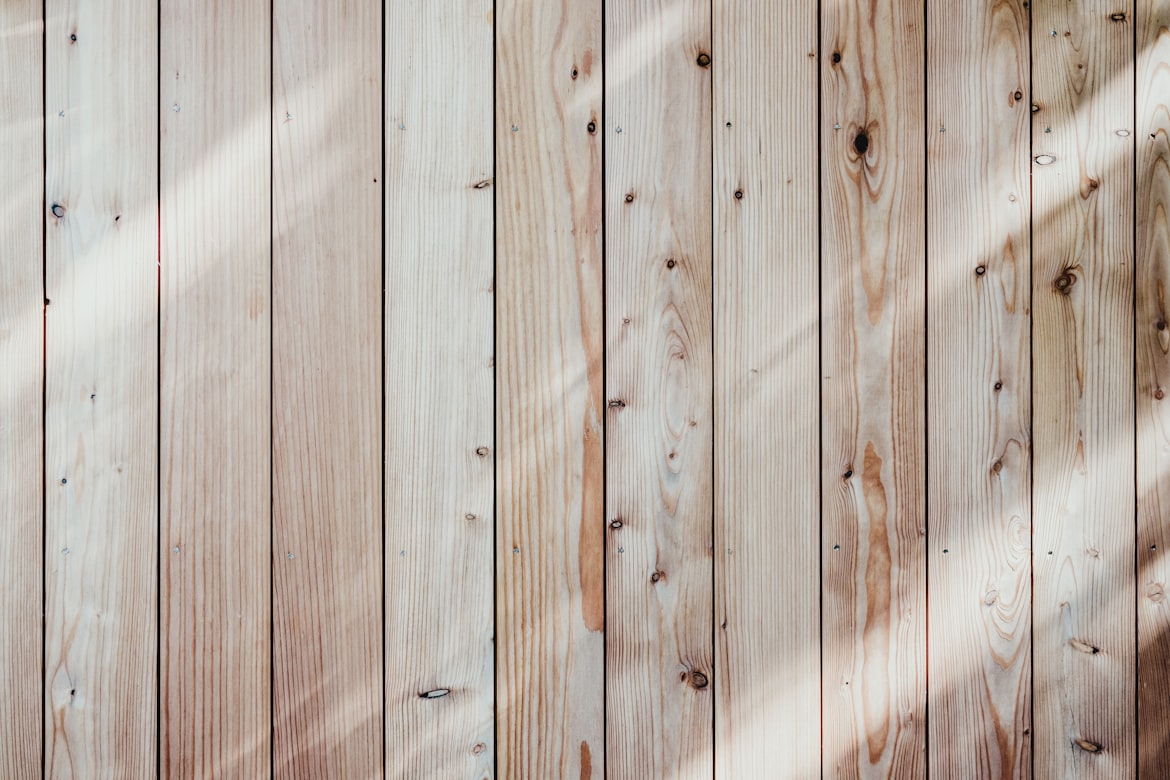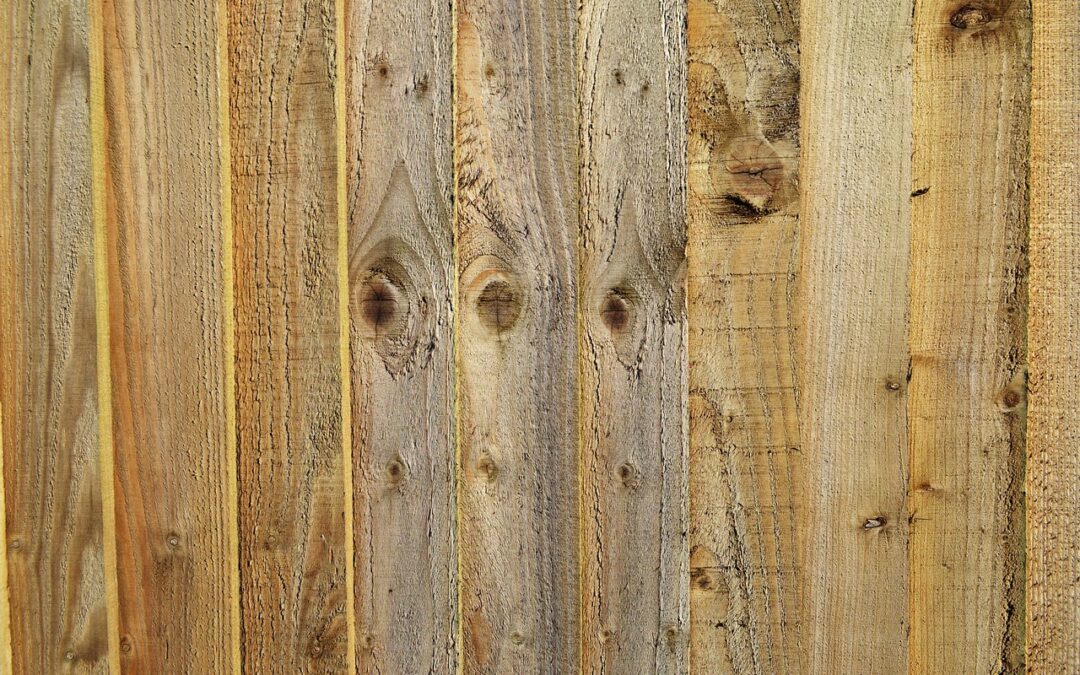Unfinished hardwood floors have gained popularity in recent years. They align perfectly with the recent trend toward using more natural elements in the home. Unfinished wood is as natural-looking as it gets, instantly warming up the home and giving it a beautiful, welcoming appearance. Whether your floors will stay unfinished permanently or you’re simply sticking with the unfinished look until you settle on the right hue, it’s important to care for these floors properly. Improper care can cause permanent damage, while a little maintenance, time, labor, and control will keep your floors looking beautiful for years to come.
Capture Dust and Dirt

To thoroughly remove all the dust and dirt from the floors, you’ll likely need to use a few different methods. Start with a soft-bristled broom or vacuum cleaner to capture the largest particles. If you use a vacuum cleaner, make sure it’s on the hardwood floor setting. If your vacuum doesn’t have this setting, you’ll risk damaging the floors with the brush bar. Follow this with a microfiber cloth to capture some of the smaller dust particles.
Treat Stains
Examine your wood floors for stains and spot-treat these areas before you move on to the next stage in your cleaning routine. Trisodium phosphate is the product of choice for treating stains on unfinished wood. This is a harsh and potentially hazardous chemical, so you must always take the proper precautions. Wear waterproof gloves, long sleeves, and eye protection while you’re working with trisodium phosphate.
Apply a small amount of this solution to the stain and work it into the wood using a small, soft-bristled brush. Once you’ve worked the solution into the stain, you must rinse the area thoroughly. This is the only time that you should apply any significant amount of water to your unfinished flooring. You should only rinse the affected area. Thoroughly mop up the water with a towel immediately after rinsing, so it’s not allowed to sit.
If the trisodium phosphate doesn’t work, you can sand the stain away. Use 100-grit sandpaper and sand the offending stain briefly to minimize or eliminate its appearance on the wood. A small amount of sanding won’t be noticeable, but you should be wary of sanding too much because this can result in an uneven floor.
Disinfect Your Flooring
Unfinished wood is especially susceptible to mold, mildew, bacterial growth, and other nasty messes. It’s best to disinfect it thoroughly and regularly. Your exact schedule will vary with the type and frequency of traffic in your home. You may want to disinfect your flooring weekly if you have pets and animals. A home with only adults and infrequent visitors may only need disinfecting monthly.
Mineral spirits are the best choice for the job, but you’ll need to take proper precautions when working with this product. Wear gloves, long sleeves, pants, and eye protection. Use a paint mask or respirator so you can’t inhale the fumes, and keep the area well-ventilated as you work. If you begin to feel dizzy or lightheaded, leave the room.
To disinfect your floors, lightly spray mineral spirits on the floor. Go over the floors with a cloth to spread the mineral spirits around and ensure full coverage of the area. Finish up by wiping the floors with a clean, dry cloth to remove any lingering moisture.
Mop With Minimal Moisture
You should never soak an unfinished wood floor. Though a bucket of soapy water may suffice for other floors, your unprotected wood will soak up the water and may warp with time. You should also avoid most commercial cleaning products unless they specify they’re safe to use on unfinished hardwood floors. When in doubt, assume that most cleaning agents are unsafe for this type of flooring.
A simple vinegar and water solution is adequate for damp mopping your floors. Mix about 1/2 cup of vinegar into a gallon of water. Dip your mop into the solution and wring it out, so it’s only lightly damp. Swipe the damp mop over the floors, moving with the wood grain. The vinegar will naturally disinfect your floors, and the odor will evaporate as the vinegar dries. If your mop leaves any visible puddles, it’s best to wipe them up with a clean, dry towel immediately.
Add a Subtle Shine
If you’d like to get a little shine from your floors, there are a couple of options that will brighten things up and leave you with a look between unfinished wood and completely finished wood floors. A natural oil such as jojoba or linseed will both loosen dirt and leave a bit of shine on your floors. You can apply this type of oil with a microfiber cloth. Let it sit on the floor for about 15 minutes. Use a dry mop to remove any grime that the oil loosened from your floors as well as any remaining oil that hasn’t made its way into the wood.
A petroleum-based waterless wax is another option for shining up your floors. You can buff your floors with this wax using a clean, soft rag. Give the wax about 30 minutes to dry, then wipe any residue up with a clean rag.
Pair this cleaning routine with other smart strategies like using furniture pads, rugs, and doormats throughout the house to protect your floors in key places. With mindful care and attention, you can enjoy the look and feel of lovely unfinished wood floors long into the future. If you’re shopping for a new home with this feature, contact Steiner Homes to see what we have available.
Photo Credit: Wood by Bernard Hermant is licensed with Unsplash License

